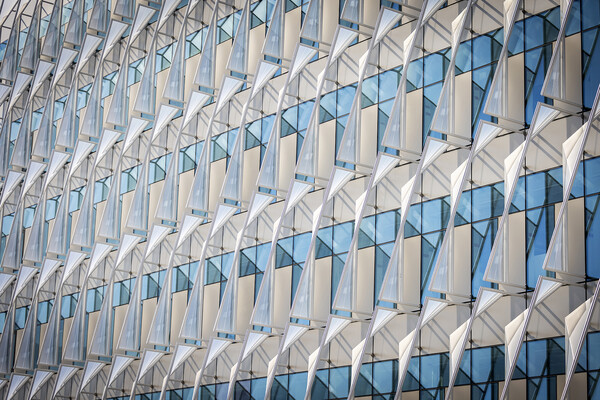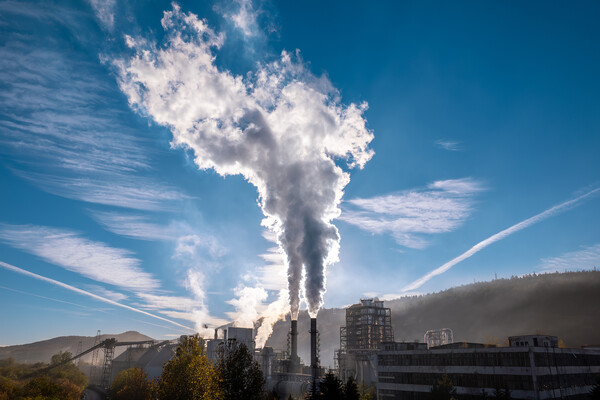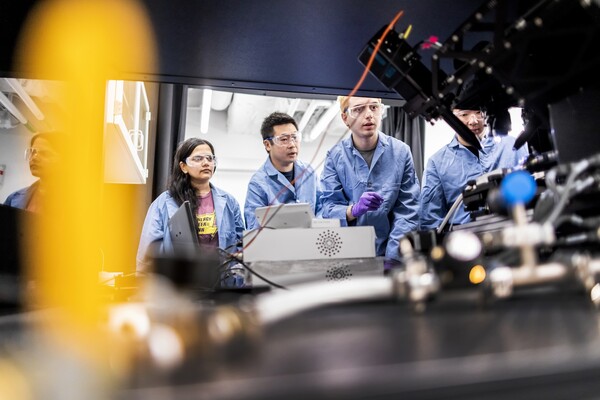
Image: Mininyx Doodle via Getty Images

Last month, President Barack Obama signaled his support for expanding high-speed rail service in the United States by allocating $8 billion to the planning and construction of new lines along several busy corridors.
While France, Spain and Japan have led the way in high-speed rail development, the United States has chosen instead to build more highways and pour money into air transportation. Vukan R. Vuchic, the UPS Foundation Professor of Transportation Engineering in Penn’s School of Engineering and Applied Science, says Obama’s plan finally offers a constructive and refreshing view of mass transportation planning. Still, it will be years before new high-speed rail service begins. In the meantime, reforming Amtrak should be a top priority, he says.
Q. How feasible is high-speed rail in the U.S.?
A. Our country has fallen badly behind in utilizing any intercity passenger rail. ... Several presidents, especially George W. Bush, tried to completely destroy Amtrak. The peer countries around the world have progressed tremendously with regular rail and then high-speed rail so that it’s not only now Japan and France that have [it], it’s about 15 countries that are using it. The situation here is different. We’ll never travel from New York to San Francisco by high-speed rail. But we will have a great number of corridors which not only could benefit, but really badly need high-speed rail because they are very badly congested and have much lower mobility than peer cities in peer countries do.
Q. Can high-speed rail actually relieve traffic congestion?
A. Well, it will in the most critical areas. In the Northeast Corridor ... [researchers] all say this is becoming one megalopolis, and it’s extremely important that we have excellent transportation. And all of them point out that rail should be the basic one because it’s reliable, it’s congestion-free and so on. While now, the way the situation is, Amtrak is far below where it should be. It never had good financing and it is way overpriced by the mandate of Congress. We are doing everything possible to take people out of trains and onto the New Jersey Turnpike and I-95. It doesn’t make sense by any standards at all.
Q. The U.S. has a rich passenger rail history. When did that change?
A. From the 1920s and 1930s, and especially with the interstate highway system, where $41 billion was allocated for the interstate highway system and zero for the rail system. ... The highway interests and air transport interests worked with the government and got tremendous subsidies and financial contributions while rail was still more controlled and restrained by the government and, for a long time, forced to provide the service. And it was considered, ‘Well, those are railroads which are making money—they can provide public service.’ But you cannot do that while you are building parallel eight-lane freeways and a lot of automobile travel is heavily subsidized or so-called ‘free parking,’ which means somebody else is paying.
Q. What will this $8 billion ‘down payment’ actually get us?
A. We will not open a high-speed line in six months or a year. It takes much longer than that. The funding is sufficient to ... stimulate the planning activities, greater attention by Congress and various states, maybe combining with some private businesses and so on. So this is turning the page. This is the first time the federal government has prepared a document that is realistically saying we have neglected one mode of transportation very badly and we should really look at different modes and truly develop an intermodal system which our laws have required for many years.
Q. Several states are competing for these dollars. What are some areas that might see high-speed rail first?
A. The Northeast Corridor is by far the strongest corridor for that. But it’s complicated in that many, many states are involved. So the planning hasn’t quite developed so far. At this moment, California is leading. It has very serious plans and the population voted for bonds in the order of $10 billion.
Q. You mentioned Amtrak. A big criticism is that it loses money and provides poor service. What are some reforms you’d like to see?
A. First of all, it loses much less money than our highway and air transportation systems lose. This is pure propaganda. Every time Amtrak is mentioned in the newspapers, they report, ‘It’s heavily subsidized, it’s nearly bankrupt,’ and so on. And we’ve built bridges on the highway system that would never be paid without taxes. We never call them bankrupt bridges. ... Congress pressed Amtrak very hard to break even, which no other mode of transportation does in this country. The entire business model of Amtrak is to bring maximum revenues, not maximum number of passengers. That’s a big difference. It is necessary to keep Amtrak but incorporate several different functions. One function is the very important role in the number of very busy corridors—Chicago-St. Louis, Chicago-Milwaukee, Seattle-Tacoma-Portland-California.
Q. Can high-speed rail be profitable in the United States?
A. High-speed rail sounds frightening—it costs a lot to build. But once you open it, it is economically much more viable than regular rail. You look at the TGV train in France and InterCityExpress in Germany and Shinkansen in Japan, and they are financially much more successful than the rest of the railroads in [those countries]. And Acela today is doing very well. It has a niche.
Brian M. Schleter

Image: Mininyx Doodle via Getty Images

The sun shades on the Vagelos Institute for Energy Science and Technology.
nocred

Image: Pencho Chukov via Getty Images

nocred